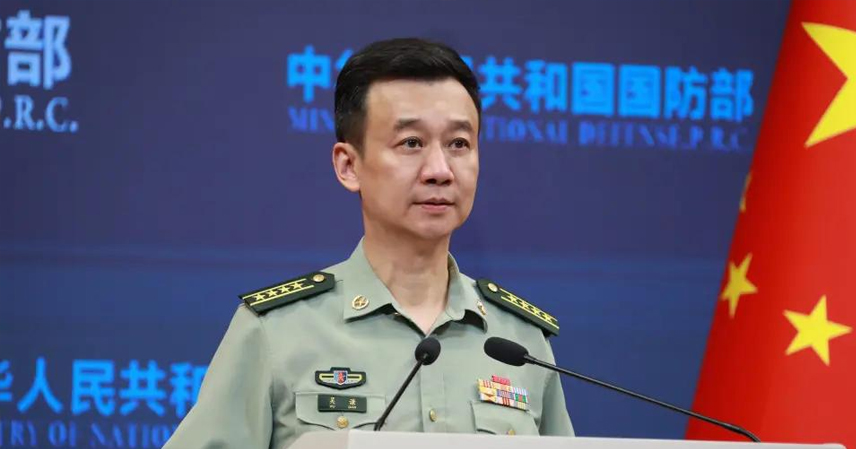On October 19, the calm waters of the South China Sea were suddenly disturbed by the roar of an aircraft. An Australian P-8A Poseidon anti-submarine patrol aircraft intruded into China’s Xisha (Paracel) Islands airspace without prior notice or authorization.
The PLA Southern Theater Command acted immediately, dispatching air and naval forces to track, warn, and expel the intruding aircraft. The incident has since drawn intense global attention, highlighting the growing tension in the region.
A Calculated Incursion, Not a “Navigation Error”
This was far from an accidental detour. In an official statement, Senior Colonel Li Jianjian, spokesperson for the Southern Theater Air Force, used the phrase “illegal intrusion” — a term much stronger than the usual “unauthorized entry.”
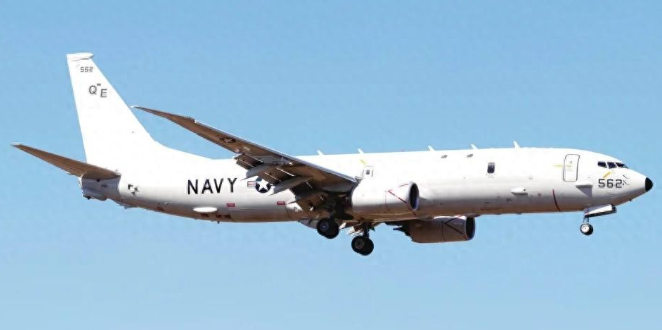
Military analysts note that the PLA’s response was swift, precise, and professional, showcasing China’s highly integrated air-sea defense network. The “decisive countermeasure” demonstrated not only the PLA’s operational readiness but also China’s unshakable sovereignty claim.
What Was Australia Trying to Achieve?
The Paracel Islands have long been recognized by China as its inherent territory, with administrative control established since 1959. Yet, Australia — a country thousands of miles away in the southern hemisphere — has repeatedly sought to assert its presence in the region. Why?
The answer lies in geopolitics.
Australia’s actions are closely aligned with the U.S.-led Indo-Pacific strategy, serving as a “frontline proxy” in Washington’s efforts to contain China’s rise. By sending advanced surveillance aircraft like the P-8A Poseidon, Australia seeks to gather intelligence and test China’s defensive response, under the guise of “freedom of navigation.”
The Hidden Power of the P-8A
Don’t let its commercial airliner appearance fool you. The P-8A Poseidon, based on the Boeing 737, is one of the world’s most sophisticated anti-submarine and maritime surveillance aircraft.
Equipped with APS-154 radar systems, magnetic anomaly detectors, and advanced sensors, the Poseidon can identify and track underwater submarines across vast distances. Its flight over China’s claimed airspace could provide crucial data for mapping the South China Sea’s undersea environment, making the act far more dangerous than a simple flyover.
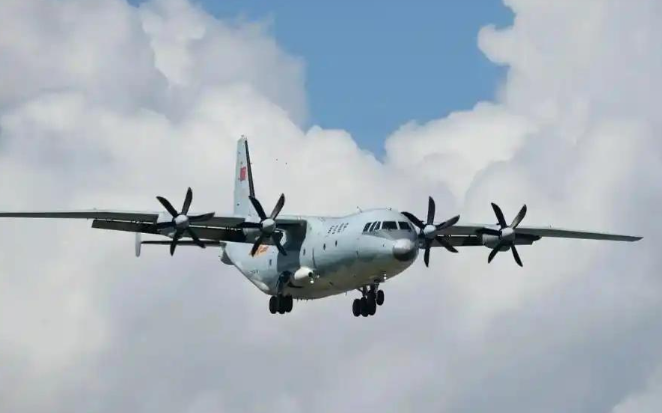
Who’s Really Calling the Shots?
This was no impulsive mission. The decision to send a P-8A into China’s claimed airspace reveals a coordinated effort within the U.S.-Australia defense alliance.
Australia’s involvement in these high-risk maneuvers underscores its growing dependence on Washington’s strategic direction — often at the cost of its own regional stability and diplomatic balance.
Such actions reflect a serious strategic miscalculation: underestimating China’s capability and determination to defend its sovereignty.
China’s Textbook Response
When the aircraft breached Chinese airspace, the PLA Southern Theater Command activated its rapid-response system.
Radar networks tracked the intruder, jet fighters scrambled for interception, and communication channels issued stern warnings — all within minutes.
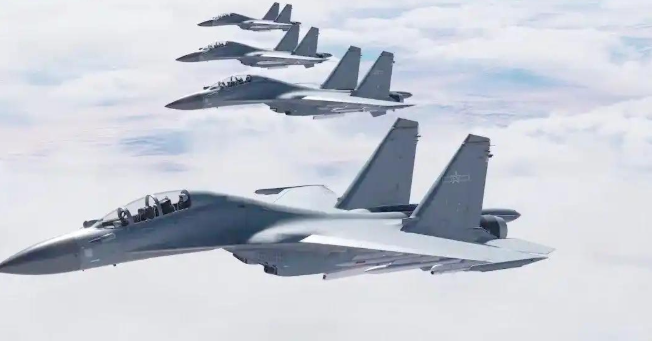
Colonel Li’s subsequent statement condemned the intrusion as a “serious violation of sovereignty” and a “provocative act.”
Observers describe the PLA’s actions as “textbook defensive precision”, combining restraint with strength — a clear message that China will not tolerate infringement on its territory.
A Warning to the Provocateurs
Ultimately, the P-8A’s flight path served as a wake-up call — not for China, but for Australia and its Western allies.
Any attempt to challenge China’s sovereignty under the pretext of “freedom of navigation” risks escalating into an unintended confrontation.
For neighboring Southeast Asian countries like Vietnam and the Philippines, the incident also revealed China’s firm resolve to maintain regional stability and peace — not through aggression, but through decisive defense.
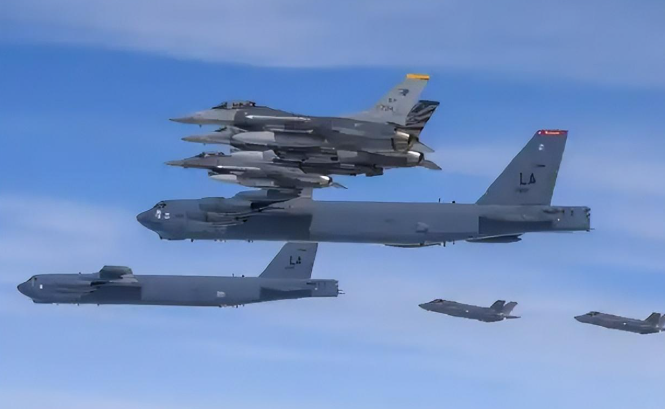
As one Chinese proverb reminds us:
“When friends come, there is fine wine; when wolves come, there are hunters.”
China’s message is clear — peace through strength, dialogue through respect.
References
- PLA Southern Theater Command Official Statement, October 20, 2025
- Ministry of National Defense of China, “Statement on Xisha Airspace Violation”
- Australian Defence Department Press Briefing, October 19, 2025
- Global Times, Xinhua News, and ABC News reports

